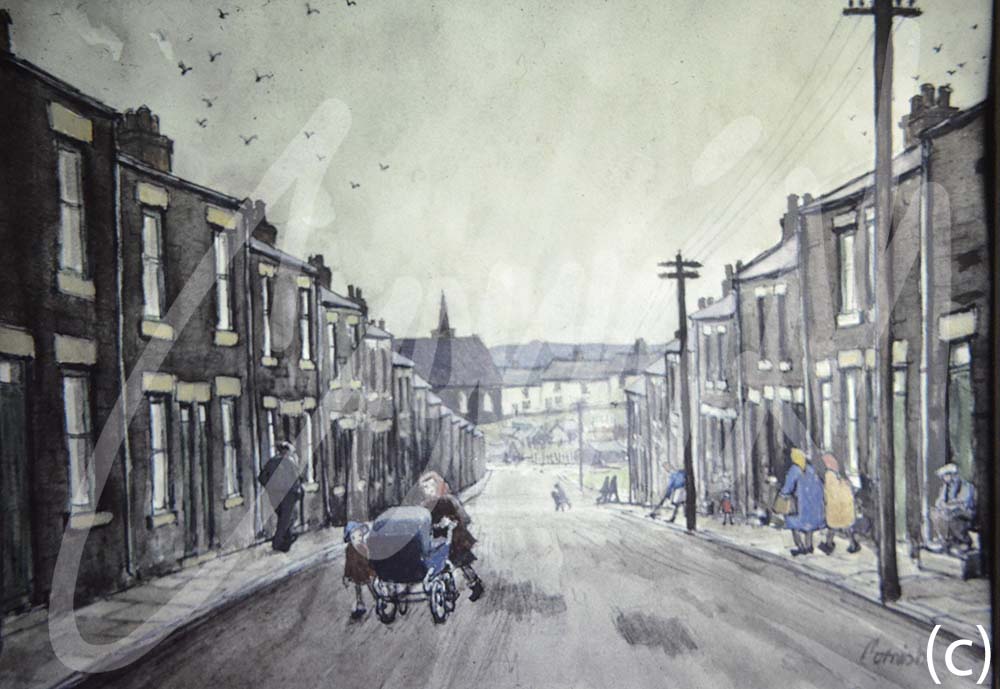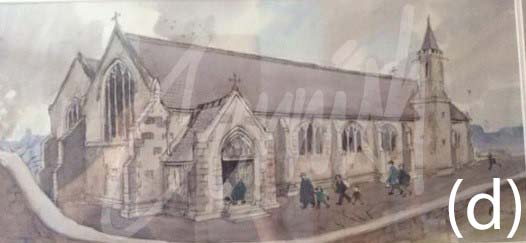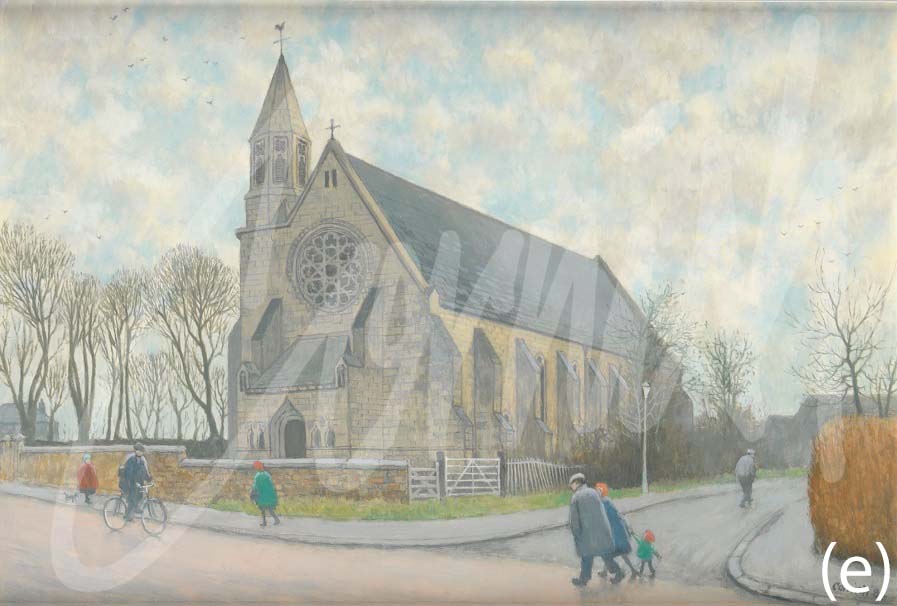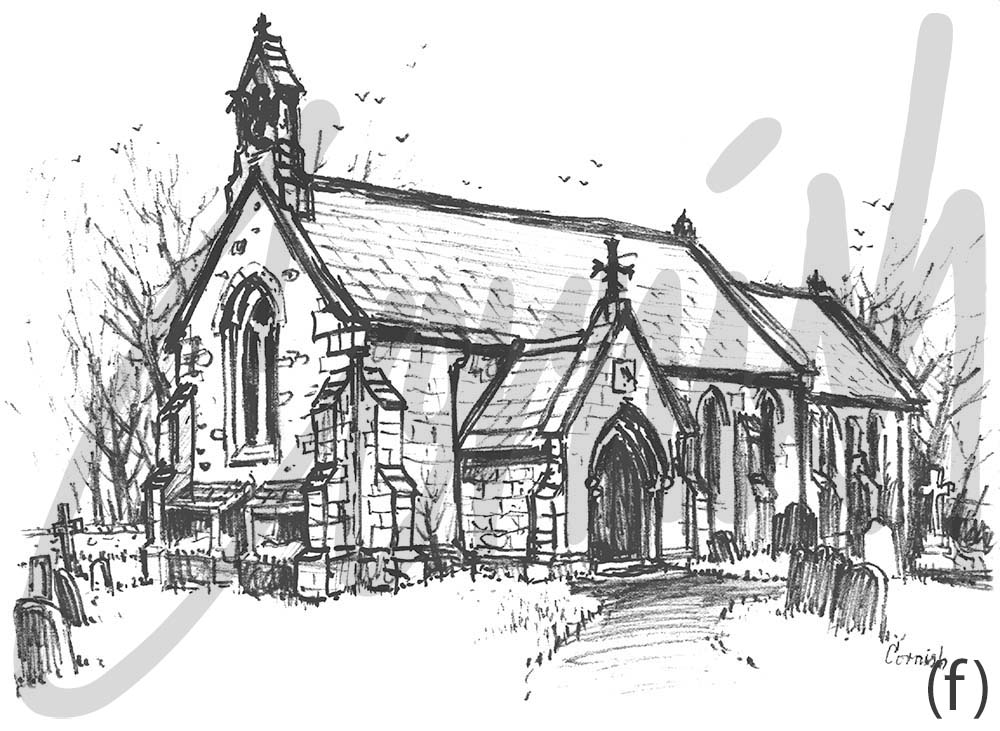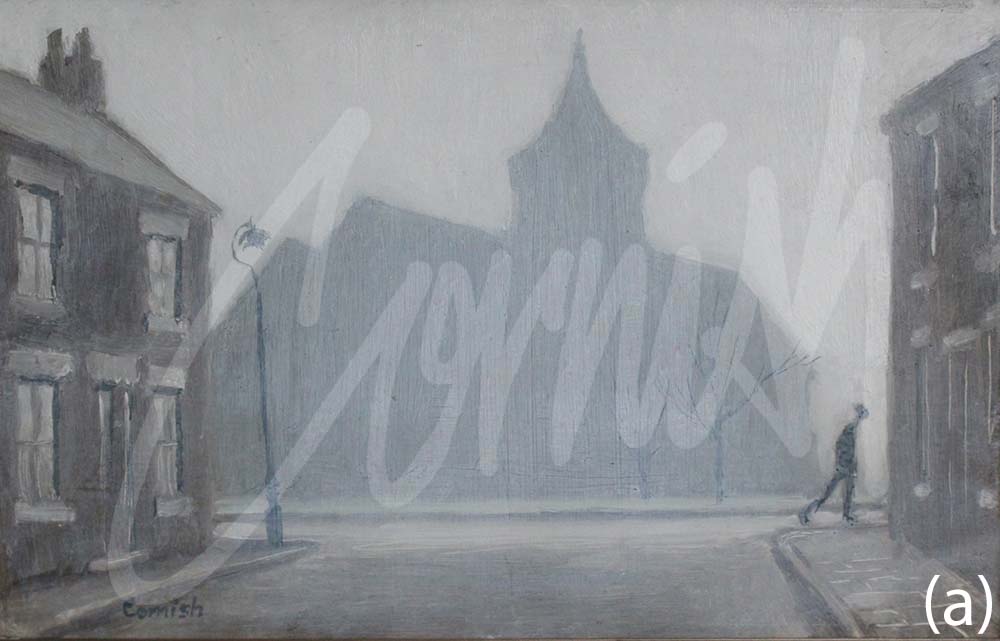
Latest News

Churches in and around Spennymoor
The development of coal mining in County Durham started as early as medieval times and thereafter, according to geographical location as well as access, to export markets via rivers and ports. The development of new technology, particularly the emergence of steam railways, gave added impetus across the county although large tracts in the south east and far west had no coalmines.
Spennymoor itself had been built largely to support the Weardale Iron and Coal Company’s Tudhoe ironworks which continued coke- making until the 1950s. At its peak the Tudhoe Mill Ironworks were the largest in Europe. The first coal production began at Whitworth Colliery in 1840 and a number of other local mines also opened, with men recruited from those who had migrated from areas such as the Midlands, Wales and Lancashire.
As the town grew in size Spennymoor officially came into existence in 1864, as a Local Board of Health with nine members was established to govern the rapidly expanding town. Other amenities and organisations followed such as schools for the children, shops, council offices and of course, churches and chapels. Two churches in particular have traditionally featured in drawings and paintings by Cornish. St Paul’s Church (a) (1856) will be well known to those who enjoy Cornish’s work. He drew and painted it from every conceivable angle and time of the day and in different weather and seasons. The example today of this favourite scene is actually being shown for the first time following a recent discovery. The Methodist Church (b) in Weardale Street near Dobby’s corner was demolished many years ago. The view down Salvin Street in Low Spennymoor is also making a first appearance and the Holy Innocents (C of E 1860) Church (c) continues to anchor the composition whichever view is taken. St Andrew’s Church(d) (1883), and RC Church of St Charles (e) (1870) are also both Grade 2 listed buildings.
However,one of the churches on the edge of Spennymoor, predates the whole emergence and development of the town during the mid-19th century. Whitworth Church,(f) adjacent to Whitworth Hall, the former home of Bobby Shafto who was the subject of the 19th century children’s song ‘Bonny Bobby Shafto.’ The church was mentioned in 1183 (Boldon Book) and rebuilt in 1808 with the addition of stained glass in every window.
Cornish never held any strong views about religion but he was well aware of the significance churches and religion played in the lives of many people in Spennymoor. With the passage of time many of the churches have survived and continue to flourish with strong local support, although many of the original Methodist chapels are no longer there. When the Cornish family re-located to Whitworth Terrace in 1967 it was to a former Methodist Minister’s Manse and the Minister’s office became an ideal space for Cornish to develop a studio as he progressed to being a professional artist for the next 45 years – a period of time much longer than his time underground as a miner, a fact often overlooked.
The Tudhoe and Spennymoor Local History Society always welcomes new members and thanks are due to Christine Ludbrook who created and administers their website which has provided much of the information for this feature today. http://www.durhamweb.org.uk/tslhs/index.html

